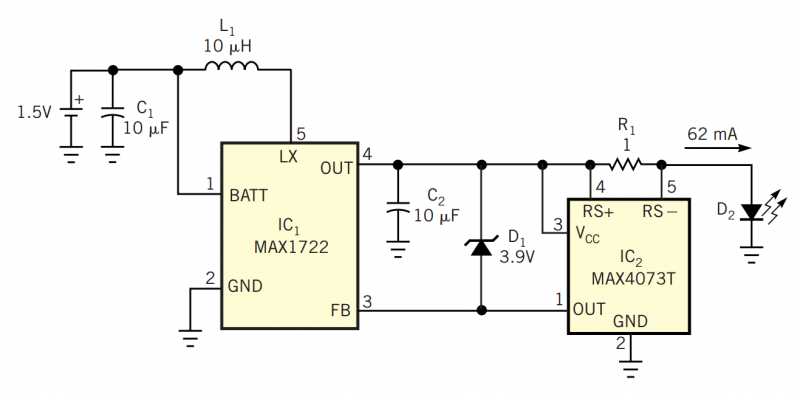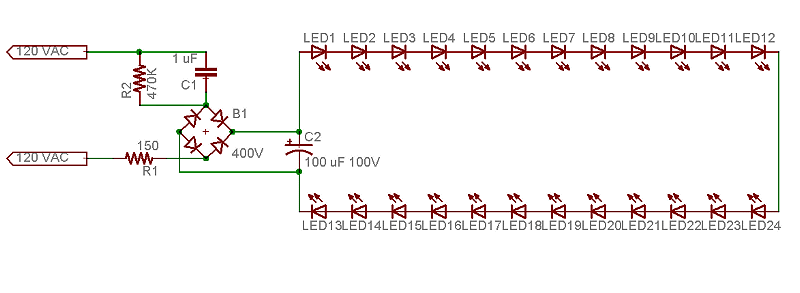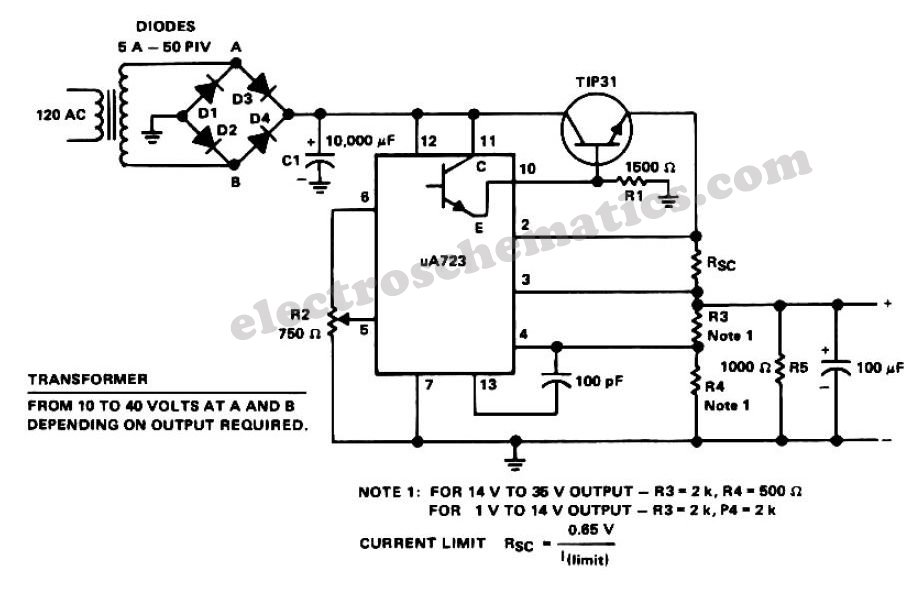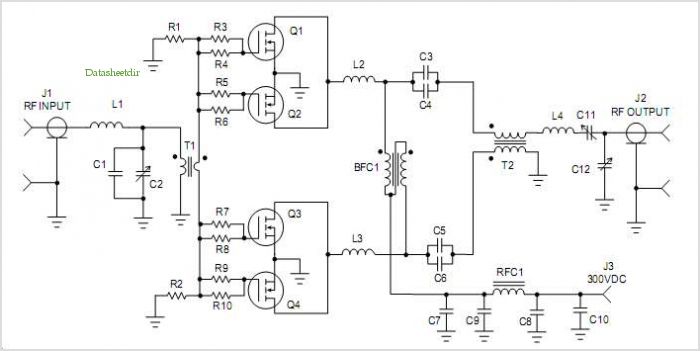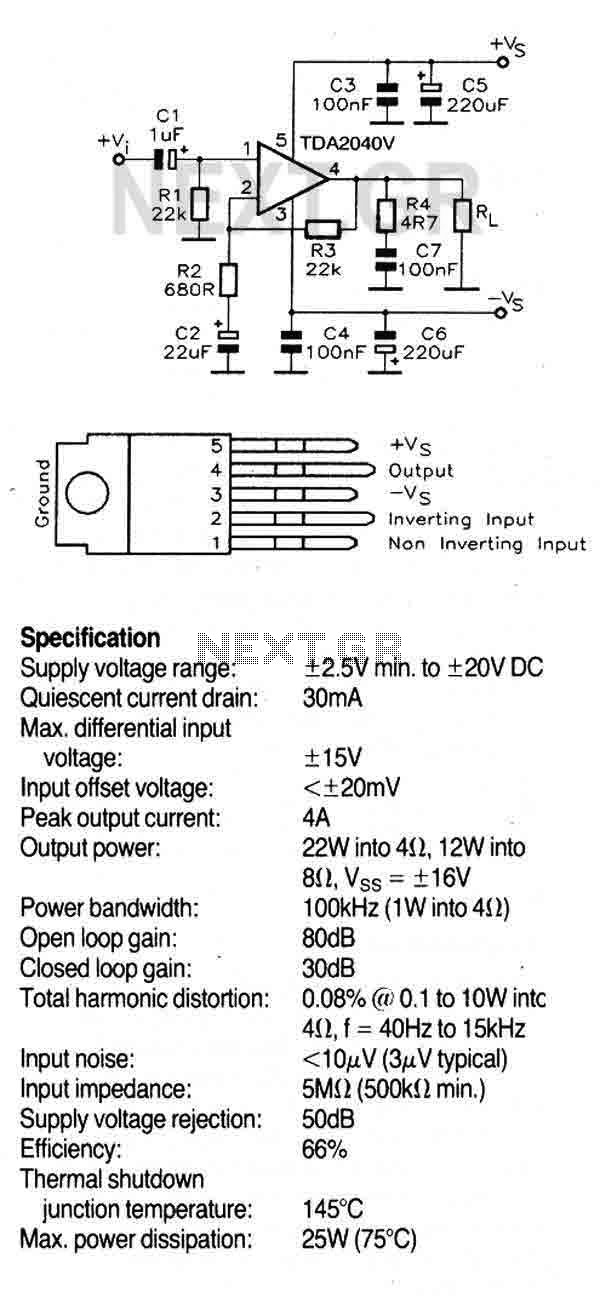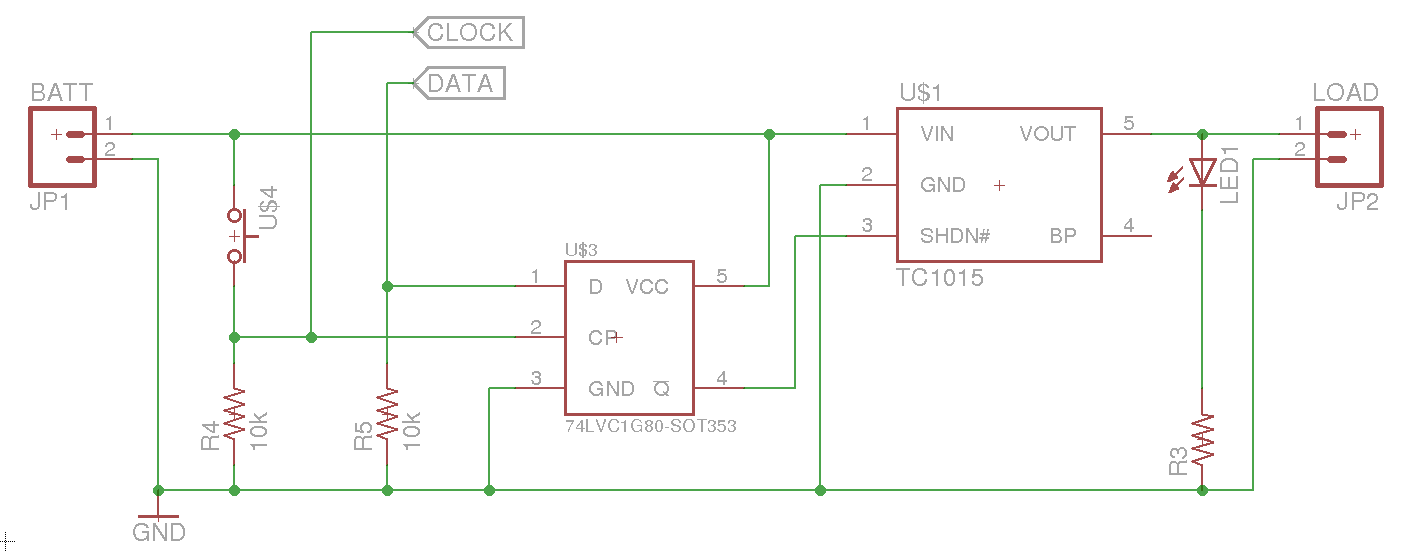
4 watt LEDS with 1.5V from a Joule thief
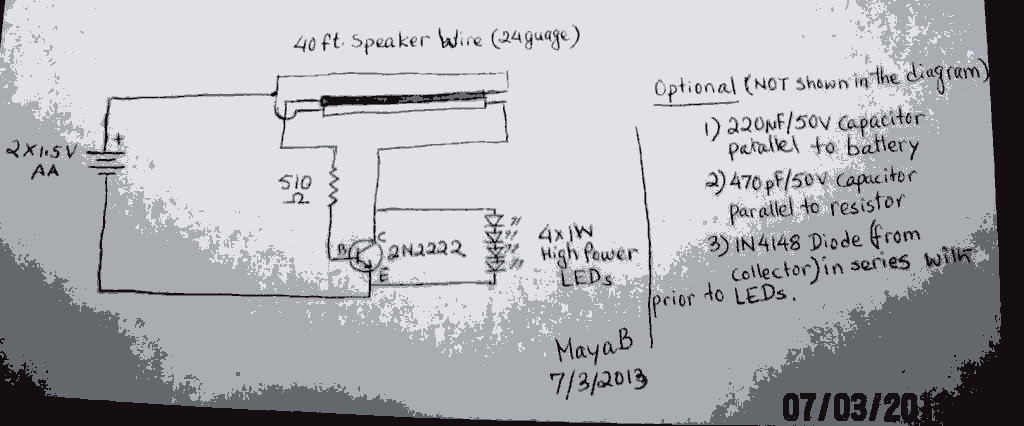
The post discusses a Joule Thief circuit that drives and illuminates four 1-watt LEDs using a single 1.5V pencil cell.
The Joule Thief circuit is a minimalist boost converter designed to extract energy from low-voltage power sources, such as a single 1.5V battery, to power higher voltage devices. This circuit is particularly useful for driving multiple 1-watt LEDs, which typically require a higher forward voltage than what a single battery can provide.
The core components of a Joule Thief circuit include an inductor, a transistor, a resistor, and a diode. The inductor is responsible for storing energy, while the transistor acts as a switch that rapidly turns on and off to create oscillations. The resistor helps to control the base current of the transistor, ensuring it operates efficiently. The diode is used to prevent backflow of current, allowing the stored energy in the inductor to be directed to the LEDs.
In this specific application, the circuit is designed to illuminate four 1-watt LEDs, which collectively require a significant amount of power. The Joule Thief circuit boosts the voltage from the 1.5V battery to a level sufficient to drive the LEDs, typically around 3V to 3.6V per LED. The careful selection of the inductor and the transistor is crucial, as they must be capable of handling the required current and voltage levels without overheating or failing.
The circuit can be built on a small PCB or a breadboard, making it accessible for hobbyists and engineers alike. Proper heat dissipation methods should be employed to ensure the longevity of the components, particularly when driving multiple high-power LEDs. Overall, the Joule Thief circuit exemplifies an efficient and practical solution for maximizing the use of low-voltage batteries in LED applications.The post discusses a joule thief circuit which drives and illuminates four 1 watt LEDs using just a single 1.5V pencil cell. 🔗 External reference
The Joule Thief circuit is a minimalist boost converter designed to extract energy from low-voltage power sources, such as a single 1.5V battery, to power higher voltage devices. This circuit is particularly useful for driving multiple 1-watt LEDs, which typically require a higher forward voltage than what a single battery can provide.
The core components of a Joule Thief circuit include an inductor, a transistor, a resistor, and a diode. The inductor is responsible for storing energy, while the transistor acts as a switch that rapidly turns on and off to create oscillations. The resistor helps to control the base current of the transistor, ensuring it operates efficiently. The diode is used to prevent backflow of current, allowing the stored energy in the inductor to be directed to the LEDs.
In this specific application, the circuit is designed to illuminate four 1-watt LEDs, which collectively require a significant amount of power. The Joule Thief circuit boosts the voltage from the 1.5V battery to a level sufficient to drive the LEDs, typically around 3V to 3.6V per LED. The careful selection of the inductor and the transistor is crucial, as they must be capable of handling the required current and voltage levels without overheating or failing.
The circuit can be built on a small PCB or a breadboard, making it accessible for hobbyists and engineers alike. Proper heat dissipation methods should be employed to ensure the longevity of the components, particularly when driving multiple high-power LEDs. Overall, the Joule Thief circuit exemplifies an efficient and practical solution for maximizing the use of low-voltage batteries in LED applications.The post discusses a joule thief circuit which drives and illuminates four 1 watt LEDs using just a single 1.5V pencil cell. 🔗 External reference
